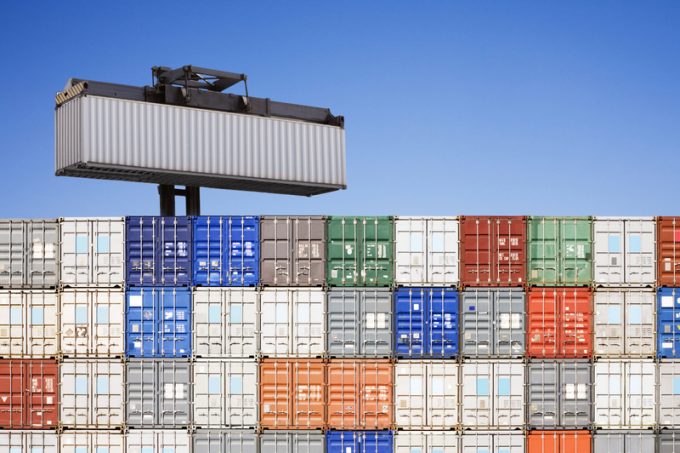Fortress SITC – liner shipping's insulated star performer
Is it a bird? Is it a plane? Nope, it’s a ship

To facilitate the extra ships taken on charter due to the Red Sea crisis, ocean carriers have put a temporary moratorium on selling any containers, as well as pausing the return of equipment to lessors.
With the exception of in some isolated trades, carriers have largely been able to manage the supply of equipment across their networks, due to prompt evacuation and judicious container control; however, supply remains tight in certain regions, including India, as reported by The Loadstar yesterday.
And carriers ...
Maersk u-turn as port congestion increases across Northern Europe
Maersk Air Cargo sees volumes fall as it aims for 'margin in favour of revenue'
Keep our news independent, by supporting The Loadstar
Container spot rates diverge: to Europe still falling, but firmer to the US
Hapag-Lloyd won't take bookings if port congestion leaves cargo stranded
Ecommerce likely the front-runner in resurge of transpacific trade after deal
Containership charter market feels the ripples from trade tensions
Airfreight players eye new routes as demand on the transpacific nosedives

Comment on this article